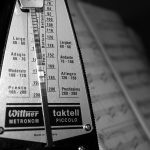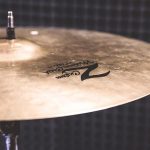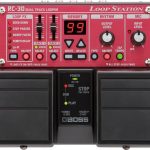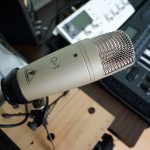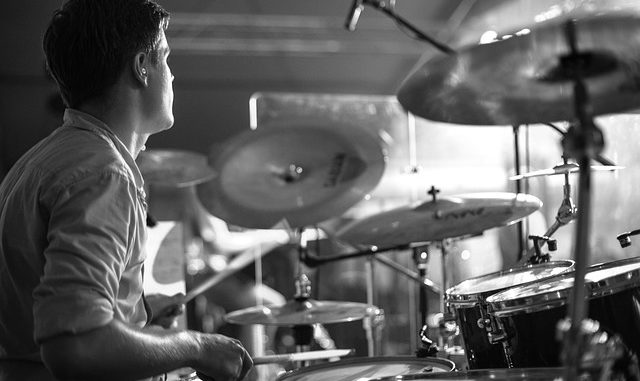
Today on Subreel, we’re tackling a topic of some debate, and one which I want to warn very early on that there is no specific ‘correct’ answer to. As with so many things in music, there is room for debate, and audio engineers don’t tend to shy away from a debate.
So should drums be mono, and all panned straight down the middle? Or should they be stereo, encompassing a stereo field of left and right?
To delve properly into this, we need to look a little at the history of how music was made. In the early 1960s, for instance, drums were recorded in mono due to how limited the equipment was. A whole drum track often had to be mixed down together, rather than separating individual components (kick, snare, toms and the like). If you listen to some of the more experimental Beatles tracks, you will find some of the drums recorded in mono, but panned to the left or right. As time went on, people would have the chance to experiment with this.
How are Drums Normally Panned?
In rock and pop music, if the drums are acoustic and played on a real drum kit, or if they mimic a real drum kit, audio engineers will often reflect this in the mix. What this means is that there is some sound coming from the left, right and middle of the drum kit. If you were to stand in front of a drum kit you would notice this, but it is quite subtle, and often becomes more exaggerated in a song. In other genres of music, panning and mono or stereo can be something of a grey area.
Let’s look at dance music. More specifically, let’s pay attention to how it is designed to be listened to, either on massive sound systems. There isn’t a lot of room for nuanced mixing when the priority is to make sure everyone is hearing a thumping kick drum, and at a nightclub, we’re hardly going to be focusing on trying to stay in the middle of the speakers to get an accurate representation. Some electronic music producers don’t bother with this. Those who do will often mimic an acoustic kit.
As a golden rule, a kick drum should never really be panned anywhere but right in the centre of the mix.
Mixing
If you’re wondering how to use this information when recording or producing your own tracks, the key to a good drum mix is space. Every aspect of the drum kit should have its own space within the mix. This is the same whether you are mixing in mono or stereo. Kick drums shouldn’t interfere with snares, snares shouldn’t interfere with hi-hats. Getting EQ right to ensure that this is the case before deciding on panning tends to be my advice.
As with all things musical, experimentation should be encouraged. Don’t stop yourself from doing something just because it isn’t the ‘norm’, but don’t be out there just for the sake of it. A great man once said, “it is important to know the rules before you start to break them”.


